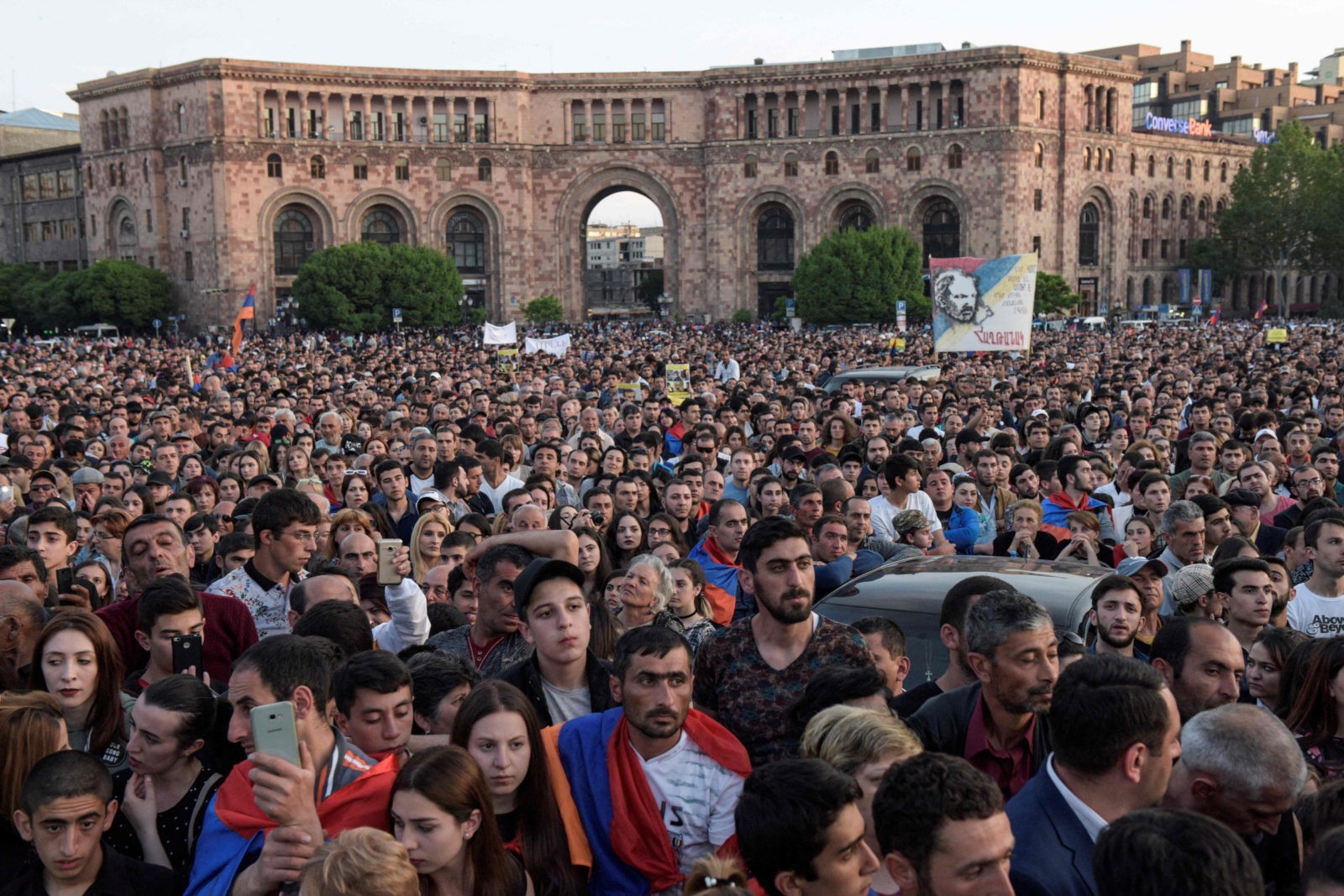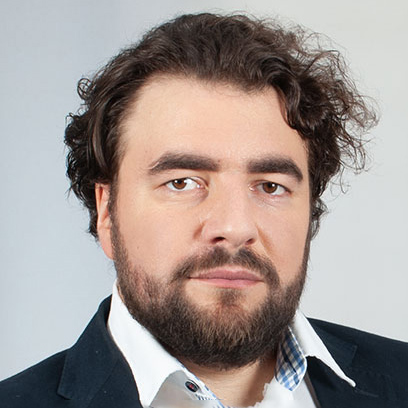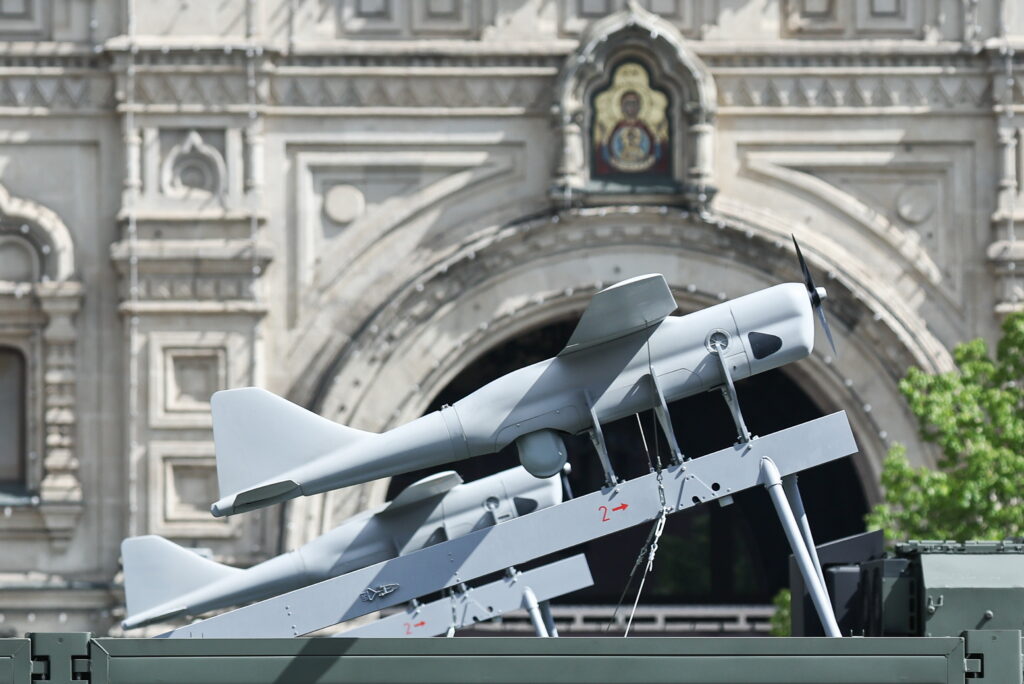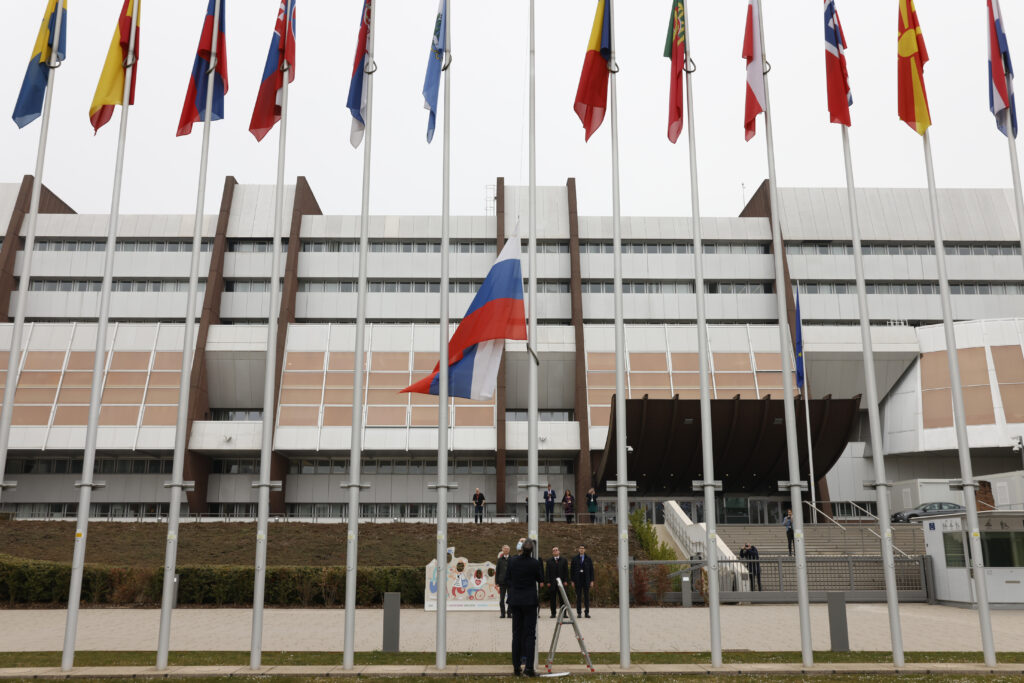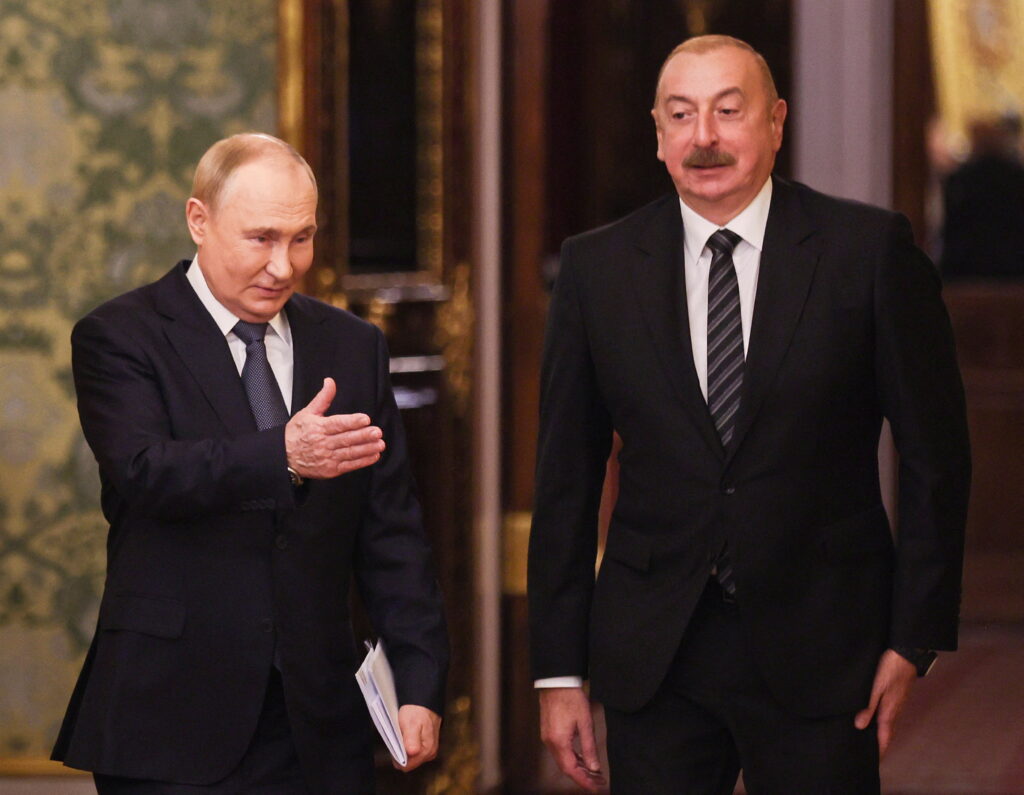Prime Minister Serzh Sargsyan has stepped down. His country, Armenia, is now embarking on a path of political transition. But the opposition continues to stand against the authorities. While it is too early to speculate where this will all lead, it is much easier to understand why the events in Yerevan are being closely watched in Moscow.
‘The revolution in Armenia ended with the victory of the opposition,’ many Russian commentators claim with enthusiasm. However, as usual, the reality is more complicated.
Only Serzh Sargsyan resigned. He had been president for ten years. During that period, he amended the country’s constitution, transferring all the powers to the Prime Minister. He himself took this position, but not for long. The credit of trust among the nation, including the Armenian ruling class, was exhausted.
It took only ten days of protest to force him to resign. The authorities did not risk using force to disperse the protesters or kill some of them, as was the case in March 2008. At that time, the position of the head of state passed from ex-president Robert Kocharyan, who represented the so-called ‘Karabakh’ clan in Yerevan, into the hands of his former comrade-in-arms, the ‘Karabakh’ veteran Serzh Sargsyan.
After the former president stepped down as the head of government, the position of prime minister was temporarily assumed by Karen Karapetyan, who was a transitional figure in the full sense of the word. For example, he represented a transition from the Karabakh clan to the Yerevan clan. After all, he was born in Stepanakert, the de-facto capital of the self-declared Nagorno-Karabakh Republic, but went to primary school in Yerevan.
In addition, Karapetyan is also a standing manager of Russian enterprises connected with Gazprom in Armenia. Many consider him to be ‘Moscow’s hand’. This leads to speculations about ‘the victory of Russia’, which replaced the arrogant Sargsyan with the loyal Karapetyan. However, according to the Armenian constitution, the acting prime minister must soon leave his post: either when the current parliament elects the head of government or, if this cannot be done, after early parliamentary elections.
Further, one cannot talk about the victory of the imaginary collective ‘West’. Of course, the leader of the protesters, Nikol Pashinyan, is perhaps the only supporter of Armenia’s withdrawal from the Eurasian Economic Space. But can he be called a conduit of Western politics to a larger extent than former president Serzh Sargsyan? After all, it was the retired president who achieved the agreement on comprehensive and expanded partnership with the European Union, despite pressure from Russia.
Moreover, the chances of Pashinyan and his supporters coming to power are still illusory. His circle is seeking a public negotiation procedure similar to the ‘round table’ organised in Poland during the non-violent revolution of 1989, when the Communists began to discuss conditions for a gradual transfer of power with the leaders of the ‘Solidarity’ trade union. At the same time, however, Pashinyan has shown that he seeks the dissolution of the parliament and early elections, while heading the government in parallel. These are contradictory goals, and the ruling Republican Party may well take advantage of these contradictions.
A memento for the Kremlin
Does this all mean that nobody in Russia will learn any useful lesson from the events in Armenia? Certainly not. However, this experience is likely to be useful only for the authorities.
Sargsyan’s resignation does not offer any new lessons to the Russian opposition. For the time being, the country does not have an issue that would force one in ten Muscovites to the take to the streets. And Vladimir Putin is clearly not the kind of person who can suddenly say, even under pressure, that he was wrong and, as such, he steps down as the head of state.
However, the Kremlin will certainly remember a number of facts that turned out to be decisive for Armenia. Firstly, the attempt to replace the presidential republic with a parliamentary republic, headed by the prime minister rather than the president. This very option is being currently discussed in Russia. Some members of the external opposition and political emigrants are especially active in promoting the idea. One might think that the Kremlin might just as well support such a project in Russia.
Further, much as it was done in Armenia, such a reform could keep Vladimir Putin as the supreme ruler. This seems like a perfect operation that would even put the opposition in service. After all, according to the constitution, Putin will not be formally able to run for president after 2024. The problem of staying in power is quite a serious challenge for him. And a faithful successor such as Dmitry Medvedev will be difficult to find: any future heir might seize the throne and refuse to leave voluntarily.
All this means that the option of a constitutional reform that would turn Russia into a parliamentary republic looked alluring enough for the Kremlin, at least until the events in Armenia. Now, it is not quite so certain what would actually happen if a new loyal president and the parliament establish Putin as the country’s ruler (in the status of prime minister). When under pressure, those people will easily surrender their leader, as was the case with Sargsyan’s clientele, who did not rush to save him.
The Armenian example shows how this method does not work well in the context of growing tensions in the post-Soviet world. Having easily surrendered the old opposition leader, Sargsyan’s former comrades-in-arms are beginning to divide powers among themselves while the his ‘political corpse’ is still warm. And Vladimir Putin has probably remembered this example well, as he once remembered the circumstances under which Muammar Gaddafi was overthrown.
The second lesson involves the tough societal traditions, which cannot be violated even by the head of state. Minors are not beaten in Armenia, not even by the police. The army remains outside politics and an attempt to involve it to suppress the unrest leads to a situation where the military take a manifestly neutral position, and some even join the demonstrators unarmed. To stay in power, one should destroy, or at least undermine such traditions. And the society should be divided, confused and deprived of solid moral guidelines. This will be something for the Kremlin propaganda machine to figure out in the next few years, although it has already done a lot to divide Russian society.
The third lesson won’t be new for the Russian authorities: they have long since learnt it and can see once again that they were right. Be the first to hit: use force at the first stages of the protest, while the law enforcement system or, rather, the repressive system still works quite well and opposition’s ideas have not permeated society and corroded it like rust. This plan is quite simple: dispersing the first rally cruelly and hoping the second one simply won’t happen. Sargsyan was either afraid to apply this rule or overestimated his powers at the first stages of the protests. And then it was too late to take action.
The fourth lesson is not to trust official ratings. After all, Sargsyan’s support on the eve of his resignation allegedly exceeded 75%. Putin’s electoral rating on the eve of the presidential election in March stood at a similar level, according to polls. However, his support figures have since fallen below 50%. All this, however, is merely juggling with crafty figures. At the time of public discontent, everything is decided by 10% of the active population: they either go against the system, strike a deal with it, or yield to brute force, as was the case in Russia in 2012.
Finally, the last lesson from the ‘Armenian case’ is never to rush. In Ukraine in 2014, the Russian authorities saw a strategic threat to their interests and made a pre-emptive strike by annexing the Crimea and then launching military operations in the Donetsk and Lugansk regions. This was a mistake and many people understand this today. The fact that Armenia stays in the zone of Russian influence regardless of who comes to power only confirms the ideas promoted by those who advised back in 2014 not to rush with Ukraine. Unfortunately, it is uncertain that these conclusions will have a stronger influence on foreign policy decisions in the future.
